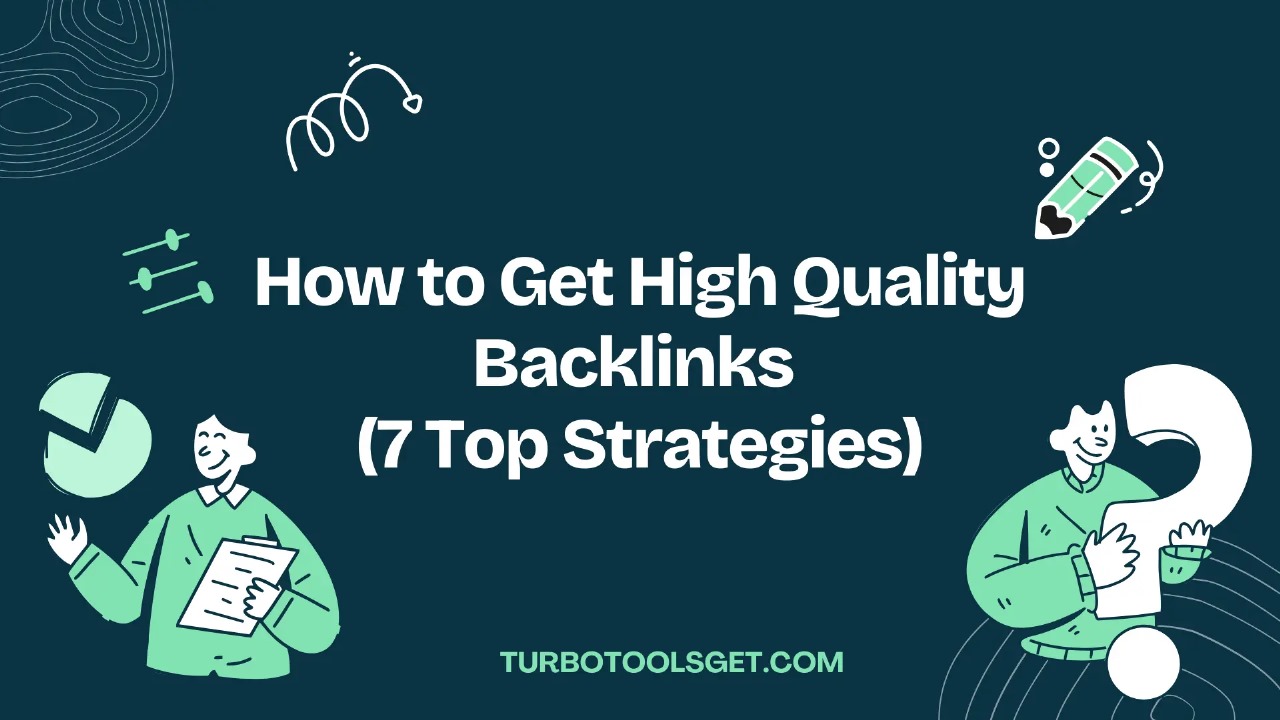What are the key differences between 4G and 5G networks?
Comparative Analysis Between 4G and 5G Network Technologies

Connectivity of Daily Lives | They say technology is at our fingertips. The mobile networks have experienced from 1G to 5G generations bringing each its chunk of the revolutions related to speed, bandwidth, user experience, etc. Perhaps the biggest change is the transition from 4G to 5G, but what are the differences between 4G networks and 5G networks? We will discuss the most important differences between 4G and 5G across several parameters: speed, latency, bandwidth, capacity of the network, use cases, and infrastructure.
Table of Contents
Speed: 5G Is Way Faster Than 4G
One of the biggest differences between 4G and 5G networks is speed. 4G LTE networks can, theoretically, achieve speeds between 100 Mbps and 1 Gbps under ideal conditions, while 5G networks are designed to offer speeds of 10 Gbps and above. With this, speeds may be a hundred times faster than 4G, facilitating near-instantaneous downloads and smooth streaming of HD media.
This allows 5G network to use high-frequency millimeter wave (mmWave) for greater capacity and higher speeds than 4G 기가인터넷. The problem is that the range and infrastructure needed to maintain 5G millimeter wave speeds is significantly greater than it ever was for 4g networks to operate effectively, and that has really hampered these new networks.
Latency: 5G Has Ultra Low Latency
In other words, Latency is the time that elapsed between sending a message and receiving a response. 4G Network Latency is ∼30–50ms on average. While this is quite fast, it does not lend itself well to applications that require real time response such as gaming, virtual reality (VR), and autonomous driving.
5G reduces latence level to one millisecond to enable near real-time communication. Ultra-low latency is crucial for applications such as remote surgery, industrial automation, and smart transportation systems, where even small delays can be catastrophic.
Speed: 5G Is Speedier and Moves More Data
The increasing number of connected devices can be a great challenge for congestion in 4G network. Now, the fourth-generation LTE (Long-Term Evolution) technology is currently facing the main challenge to maintain a large number of simultaneous connections.
5G supports much higher densities of connected devices per square kilometer. It also employs advanced techniques such as large-scale MIMO (Multiple Input, Multiple Output) technology, which enables several signals to be sent simultaneously by superimposing them and directing them at different angles, offering a further boost in network ability. This is the reason 5G can cater millions of IoT (Internet of Things) devices, thus being the backbone for smart cities, connected cars, and industry automation.
In next-gen infrastructure, 5G needs
The other big difference between 4G and 5G is the network architecture. >>() Implementing 4G basically works under a large tower with wide areas providing connectivity at distance. While it does work, it causes congestion on the network and slows down connection speeds in high-density areas.
5G networks are a combination of macro towers and small cell stations. Small cells are low-power base stations that are distributed over short distances in urban environments to increase coverage and capacity. Due to the short range of high-frequency mmWave signals, these small cells help provide coverage in high-density environments. Additionally, 5G networks enable network slicing, a method that is allowing operators to create multiple virtual networks in one physical network. This is where it will be all about applications-specific, high-throughput low-latency services that can be provisioned on-the-fly, with an emphasis on URLLC (Ultra Reliable Low Latency Communication for my self-driving car!) or eMBB (enhanced Mobile Broadband for streaming Netflix content) becoming the one-size-fits-all solution when negotiated in the air.
5G: More Efficiency for All
As data demands keep increasing the energy consumption becomes a key aspect of mobile networks; For example, One of the reasons that needs the energy of 4G networks is the large coverage area and equipment used to send a signal over a long distance.
Constructed specifically to enhance energy efficiency, these networks. It uses advanced power management techniques to minimize energy consumption, extending the battery life of the end devices and lowering the cost of operations for the network operators. This improved efficiency makes 5G a viable answer to future connectivity demands.
Fifth generation (5G)/Get Your Kicks on Route 66: Use Cases
4G networks enabled mobile broadband access, making high-speed access to the internet, streaming video, and social media possible, and, of course, the potential for 5G to create entirely new categories of innovative applications is exponential. Let us explore some critical 5G use cases:
Autonomous vehicles: 5G enables real-time interaction between cars, traffic signals, and infrastructure, thanks to ultra-low latency and high-speed connectivity. This enhances road safety and minimizes accidents.
Smart Cities: 5G enables extensive IoT deployments and is used for managing smart traffic systems, waste and energy management systems in smart cities.
Real-Time Patient Health Tracking: 5G allows doctors to perform remote surgeries with robotic arms, allowing the patient to have their health monitored in real-time using wearable devices.
Augmented Reality (AR) and Virtual Reality (VR) : The low latency and high bandwidth provided by 5G allows for a seamless AR/VR experience that transforms gaming, learning, and training sectors.
Industrial Automation: 5D enables real-time monitoring and control of devices so that factory automation could be achieved and thus improving efficiency.
Conclusion
THere are tremendous advancements in the wireless communication from 4G to 5G. With features like the hybrid of fast speed, ultra-low latency, amplified capacity, and energy efficiency, 5G technology is a game-changer that has the potential to revolutionise entire industries and redefine the manner by which we interact with technology; agricultural technology, smart homes, connected vehicles, health tech, and industrial automation are among the innovation of 5G tech. Even though 4G is a powerful network technology covering a wide range of use cases, 5G would enable new opportunities ranging from smart cities through self-driving cars. With 5G building throughout the world, we are probably mosting likely to have the fastest, smartest, as well as best connection ever before for the future.
RIZVE MAMUN
CEO / Co-Founder
Enjoy the little things in life. For one day, you may look back and realize they were the big things. Many of life's failures are people who did not realize how close they were to success when they gave up.





